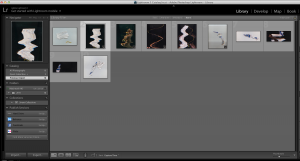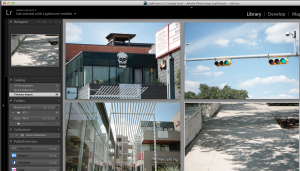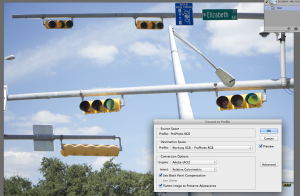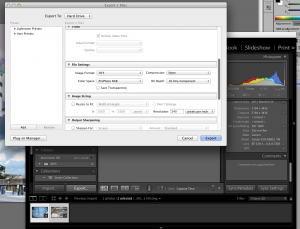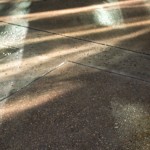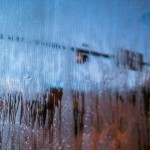My project was based solely around the idea of South Congress after the rain. I really liked having the different surroundings that we are used to seeing, with the fresh lens of rain that was everywhere. Unfortunately, a lot of it dried up pretty quickly, but I still got some really cool images that brought a whole new meaning for me to the Gestalt that’s all around us.
Grouping:
Since grouping looks at the overall composition and the different objects that are placed inside, I looked for images that had some similarities in the objects, but that obviously had some other variety that took the focus away from the repetition. The umbrellas and the picnic benches have this sort of ideal, with the Texan flag and the various shadows on the ground taking away from the main repetition. The rain-soaked chair and table were different because they formed based more on the unity/variety principle. These two objects aren’t really the same, but by grouping them together in the photograph, they can suddenly compare and contrast with each other’s characteristics.

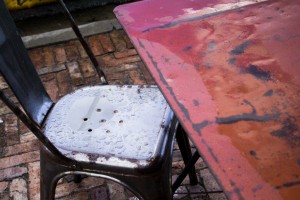
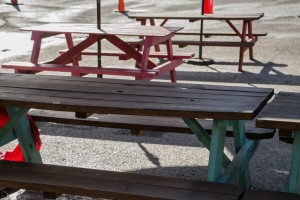
Containment:
All of the images that I thought had containment had very defining negative and positive space created by various lines. The reflective surfaces from the recent rain, and the shadows made perfect examples of how a line can contain a space. The reflective puddle on the bottom left was my favorite, because it demonstrated how there didn’t need to be exact lines; the edges of the puddle contained the image of the sky within without having defining lines.
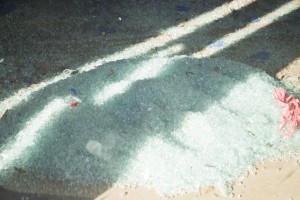
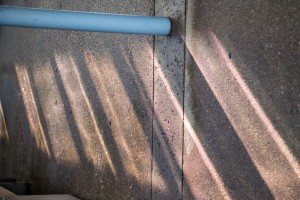
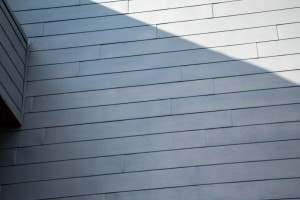
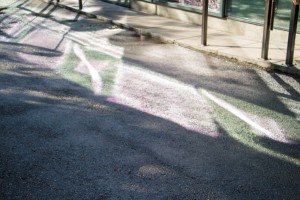
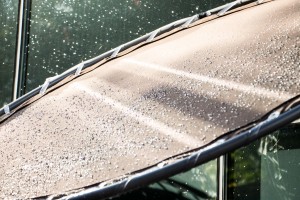
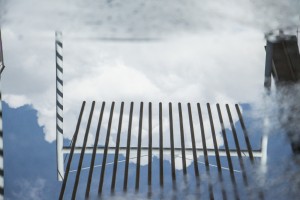
Repetition:
Repetition, as can be guessed, is the occurrence of one object within an image, over and over again. This occurrence wasn’t a hard thing to find on South Congress, with all of the trees and sidewalks and multiple picnic bench spots. I tried to look at the repetition as either being the entirety of the photo, like with the tree-lined sidewalk and the stairs, or as relating more to proximity, which is elaborated on more below. All of the repetition that I found worked very easily towards a number of the other concepts as well, which I thought was interesting.
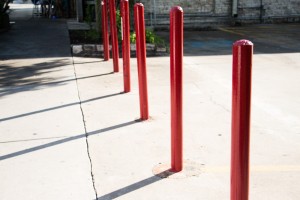
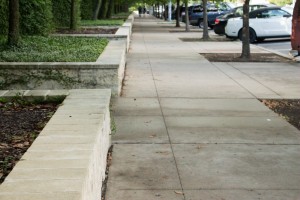
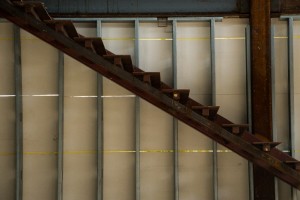
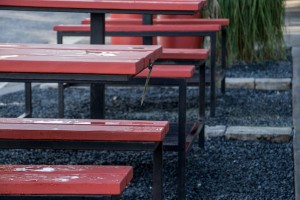
Proximity:
When I typically think of proximity, I tend to lean towards ‘perspective’. I added a couple of pictures with this idea in mind, primarily the umbrella stand in the red picnic table, and with the rusty chair at the bottom. In these photos, the nearness of the objects is in relation to the viewer, not the other objects in the composition. However, with the rest of the photos, I tried to look at the main object – the further most reaching leaf, the benches in the front, the parking stops, and the foremost umbrella – in relation to its surroundings, and how much bigger or smaller it appeared in comparison. Clearly, the closer something is to the viewer, the bigger it is within the composition, but in relation to the other objects, it may only appear slightly larger, or even the same size.
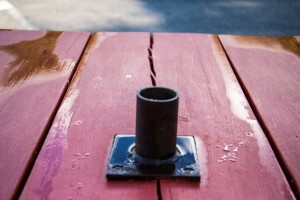





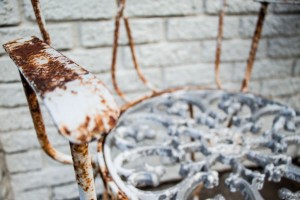
Continuity:
I thought that continuity was definitely one of the harder things to find, until I looked through my pictures and found all of these photos that in some way had a fluid connection between the objects within. The lines on the back of the wall behind the stairs, the sidewalk and tree planters, the shadows over the glass pile, the shadow over the green chair, the sidewalk reflections, the leaves, and the reflection of the stoplight on the rainy window were all examples of continuity. The variances within each photograph, such as the streaks on the rainy window, did not prevent the continuity of lines between each object. The reflections on rainy sidewalk were interesting, because the reflections collided to where they might almost disrupt each other’s continuities, but didn’t, and instead emphasized each other. This same idea happened with the leaves, and the lines that each of their edges made.




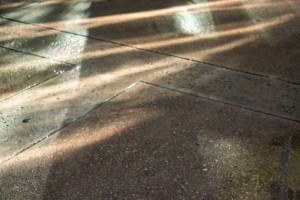

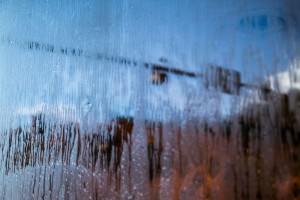
Closure:
Closure was definitely an interesting principle to find. I definitely think that it goes hand-in-hand with continuity more than any other principle, and so I’ve made the appropriate inter-lap with some of these photos. The stoplight’s continuation is automatically completed in the mind, as is the shape of the flowers on the sidewalk, the shadow on the green chair, the various lines of the shadowed on the wall, and the ‘M’ on the ATM sign. These shapes are easily continued in the mind despite the various shapes, shadows, reflections, and placement off other objects that causes the closure.

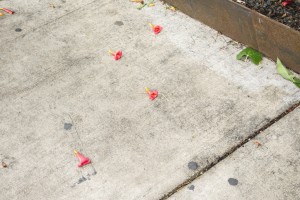

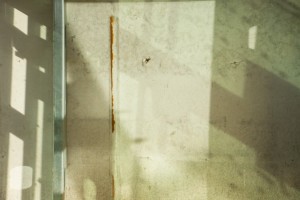

Conclusion:
A lot of these pictures overlapped quite a bit. This was both interesting, and confusing for a while. However, as I came to look at all of these pictures through the ideals of Gestalt, I began to see that all of the concepts within Gestalt are simply variations of each other in multiple ways, and that I would be hard-pressed to find one example of a Gestalt principle that didn’t in some way exemplify another principle. The keywords below show just how overlapping some of the principles ended up being.
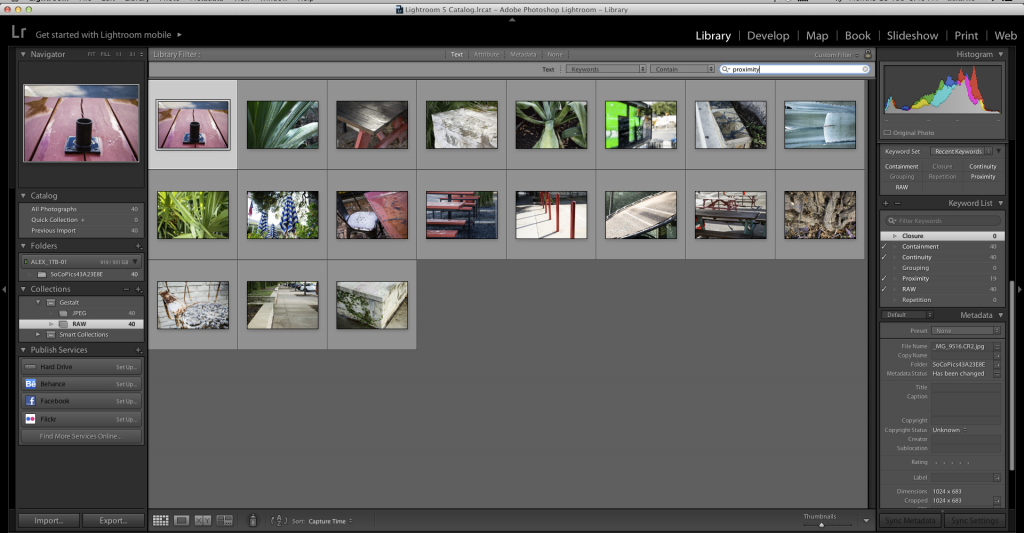
Keyword: proximity
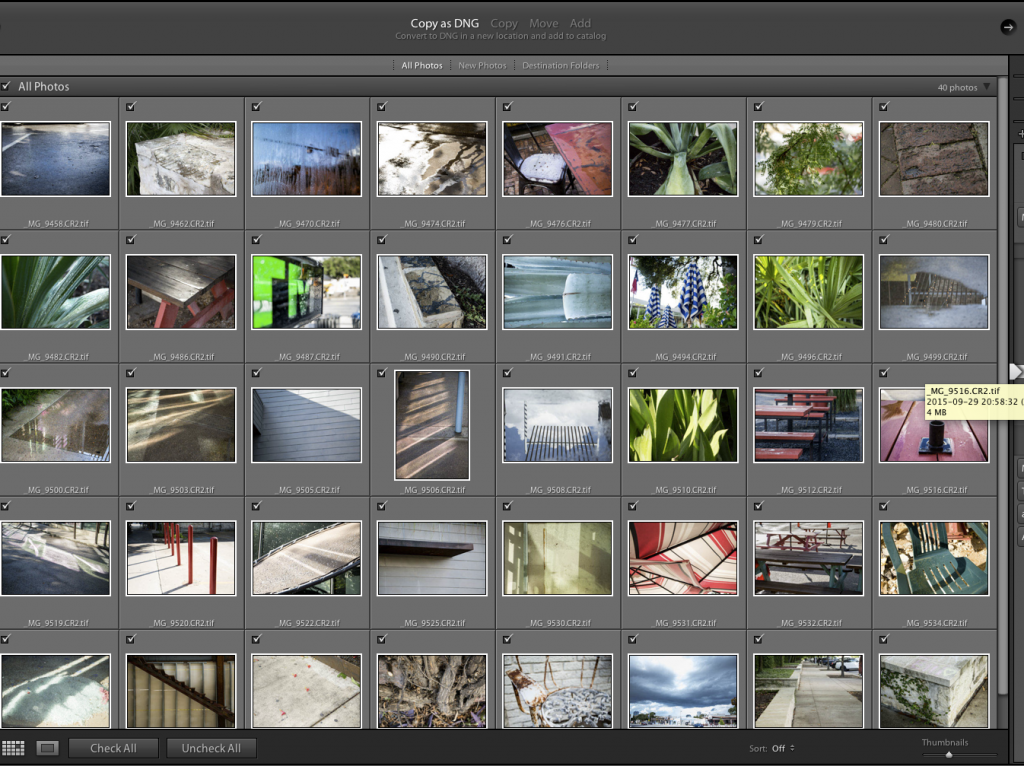
Tiff imports

Keyword: grouping
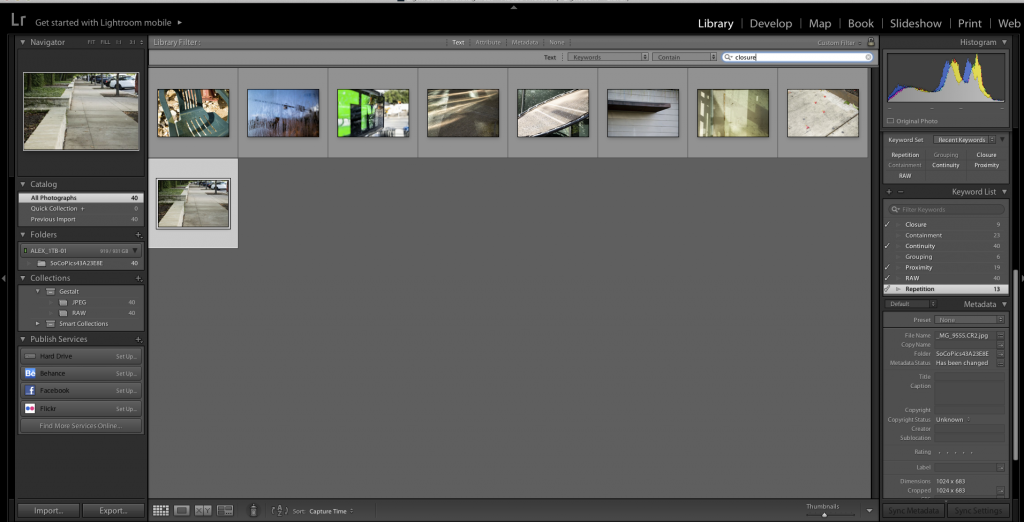
Keyword: closure





